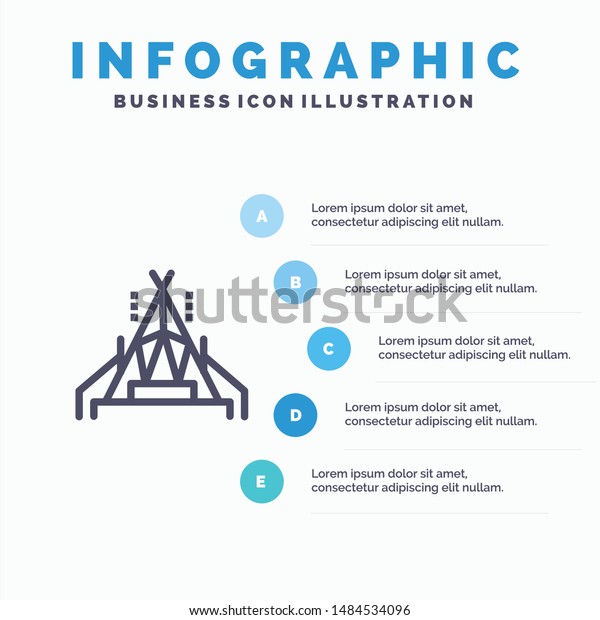A range jack is an enhanced opening in the outdoor tents fabric that safely fits woodstove pipes. Nevertheless, the procedure of suitable a cooktop jack can be frightening for first-time campers, and mistakes in installation might result in camping tent fires or carbon monoxide gas poisoning.
Luckily, a properly fitted and preserved stove jack is among the safest enhancements to a canvas outdoor tents, like the Roamin Home Nomad.
Positioning
A range jack is vital to the functionality and convenience of your canvas tent. Not just does it give warmth and food preparation convenience, yet it also helps drive out dampness from your wall surfaces to maintain your camping tent comfy and completely dry throughout the periods.
Remembering that they're created to avoid the fire and flue from coming into contact with the canvas, it is necessary to put your range jack securely. Stove jacks need to be put as away from the wall of your tent as possible, in particular, the area that flickers and relocates one of the most.
Our modular range jacks permit you to position your exit factor for the pipeline in either the roof or side wall surface of your outdoor tents, giving you full control over where you would certainly like your smoke and exhaust to leave your shelter. Find out more concerning usual mistakes campers make when fitting their oven jacks, and just how to avoid them to secure on your own from outdoor tents fires and carbon monoxide poisoning.
Air flow
A cooktop jack provides a risk-free leave point for the pipe of your camping tent oven, aerating smoke from the interior of your outdoor tents. Without air flow, poisonous gases like carbon monoxide can develop inside the camping tent. The jack is additionally designed to prevent warm resources from touching the canvas of the outdoor tents, shielding the framework and materials from damage or fire.
Ideally, your flue pipe ought duffle bag to prolong at the very least 6 inches over the top of the tent ridge. This enables the wind to blow sparks away from your roof covering, decreasing the danger of them melting holes in the camping tent roof covering.
Ventilation also assists improve burning efficiency and home heating capacity. The products your range and flue pipe are made from capture heat discharged by the smoke and fuel, increasing their temperature and advertising further burning. The jack then mirrors this warmth right into the camping tent, aiding to maintain the inside of the outdoor tents cozy and comfy for longer durations.
Gas
Make sure that you are making use of just fire-safe timbers which your oven is appropriately sustained. Stay clear of straining the stove, as this can trigger overheating that might result in fire. In addition, store combustible items like alcohol, aerosols and gas cylinders outside the outdoor tents to prevent them from triggering a fire.
Cooktop Jacks are developed to secure tents from warmth, and the cloth they're made from is fire resistant. Nonetheless, they are only developed to be used securely if they are appropriately set up and positioned appropriately. Make sure that the range pipe is aiming up and down with the hole, as any other angle can impede correct air movement.
Stoves can remain precariously hot for hours after they are made use of and can harm or ignite tent material, sleeping bags, and various other individual belongings if placed as well close. Maintain a fire extinguisher close by and make certain every person knows where it is, in addition to just how to use it. Furthermore, always utilize fireproof bed linens like tent mats and systems to stop heat from damaging your cushion.
Snuffing out
A fire can spread out promptly, especially when cinders fly into greenery or neighboring frameworks. Always keep a water bucket and fire extinguisher useful in case of a fire, and never leave a campfire ignored.
If constructing a campfire, clear the location and use designated pits. Be sure to examine local camping area or public lands regulations for any kind of restrictions before creating a campfire. Avoid using liquid-filled heaters, lights or candles inside camping tents; they can create dangerous carbon monoxide. Load a mobile carbon monoxide alarm system and multi-purpose fire extinguisher for included comfort.
Occasion outdoor tents fire safety compliance needs adherence to NFPA requirements and regional laws, along with routine monitoring, personnel training on emergency treatments and effective emptying strategies. Appropriate tent configuration, certified products and electric devices are essential elements for attaining compliance. Performing pre-event danger assessments, performing regular safety and security checks and communicating emergency situation protocols with guests aid reduce threats and create effective events that focus on attendee health.
